"Mathematical concepts and their applications are fundamental to epidemiology. However, many public health students lack adequate quantitative background and find themselves struggling with simple math such as converting fractions to decimals; filling in 2 by 2 tables; reading story problems; understanding the difference between ratios, proportions, and rates; and connecting selected math concepts to epidemiologic study designs. Other students have been taught the math principles that deal with epidemiology, but did not learn how to apply these mathematical tools to research study designs. As the first of its kind, this book reviews fundamental math concepts and procedures for epidemiology. Students will learn how to connect the math principles and procedures to the epidemiologic study designs. They will also will gain opportunities to apply the math principles to real-life problems and case studies. Key Features: Provides step-by-step, practical real-life examples of math principles and procedure in epidemiology along with non-intimidating worksheets. Includes links to online videos and problems that can be solved iteratively, with instant feedback. Offers a pre- and post-test in each chapter to allow students to test out what they've learned. The pretest identifies current understanding and application ability. Students are then provided tailored feedback on what they need to focus on in the lesson. The post-test identifies where deficiencies were met or if the student needs to go back and review certain concepts or procedures again."--
Bitte wählen Sie Ihr Anliegen aus.
Rechnungen
Retourenschein anfordern
Bestellstatus
Storno

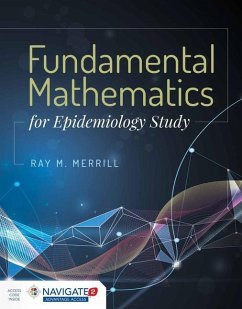
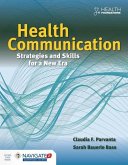
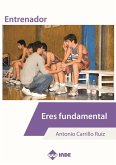
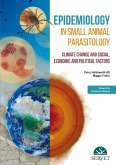
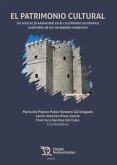
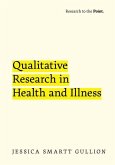
![Moral Drill for the School Room [microform]: Being a Short Treatise on Elementary Ethics Taking the Ten Commandments as the Fundamental Principles: a Moral Drill for the School Room [microform]: Being a Short Treatise on Elementary Ethics Taking the Ten Commandments as the Fundamental Principles: a](https://bilder.buecher.de/produkte/66/66164/66164444m.jpg)
